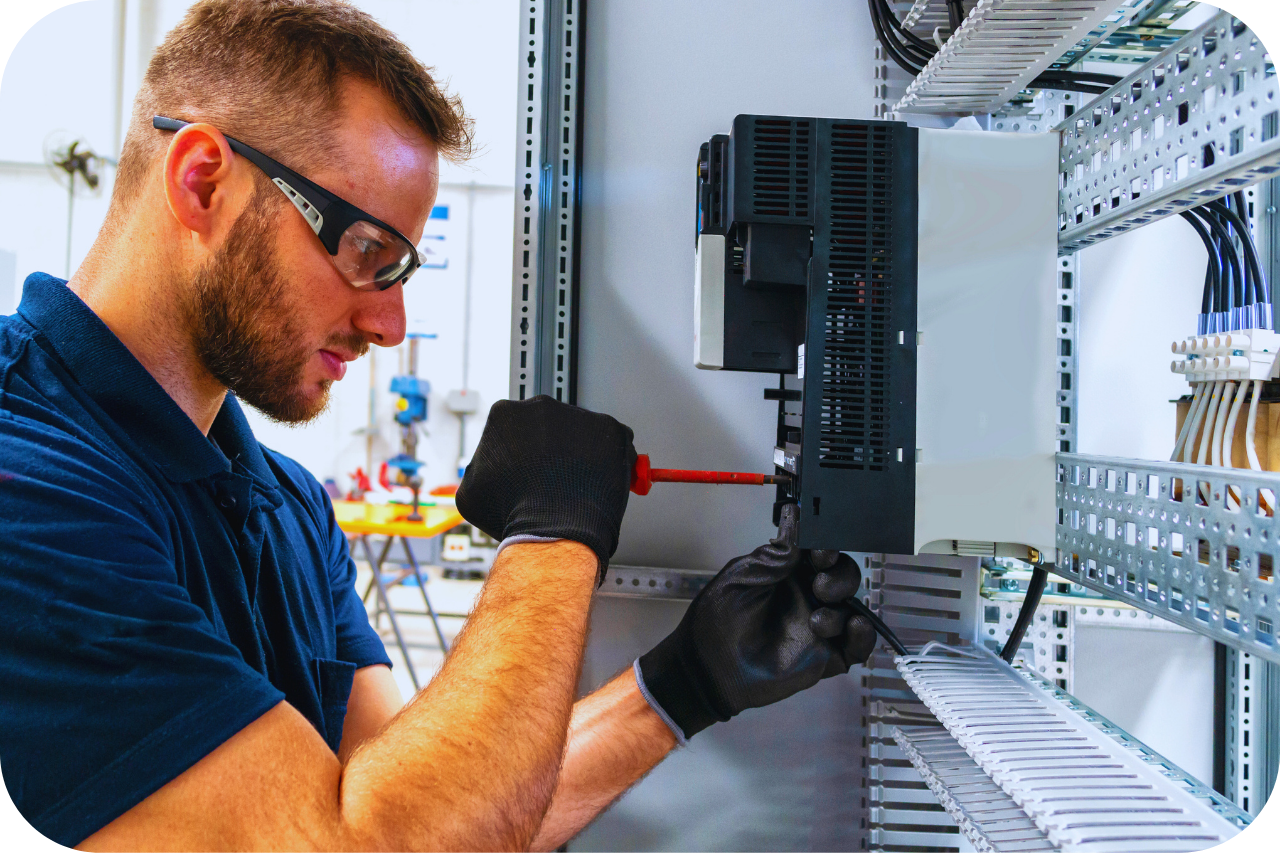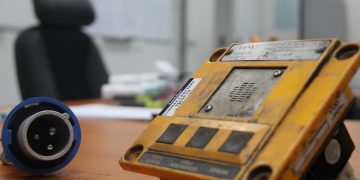About Roar Solutions
Wiki Article
Rumored Buzz on Roar Solutions
Table of ContentsThings about Roar SolutionsIndicators on Roar Solutions You Should KnowIndicators on Roar Solutions You Should Know
In order to secure setups from a prospective explosion a technique of evaluating and classifying a potentially unsafe area is required. The function of this is to ensure the appropriate selection and installation of equipment to ultimately protect against an explosion and to make certain security of life.
(https://global-sage-13a.notion.site/Master-Your-Skills-with-Electrical-Refresher-and-Hazardous-Area-Courses-150cf4f0932c80eb8e5ad98917397f75?pvs=4)
No devices should be mounted where the surface area temperature of the devices is more than the ignition temperature of the offered risk. Below are some common dirt dangerous and their minimum ignition temperature level. Coal Dirt 380C 225C Polythene 420C (thaws) Methyl Cellulose 420C 320C Starch 460C 435C Flour 490C 340C Sugar 490C 460C Grain Dirt 510C 300C Phenolic Material 530C > 450C Aluminium 590C > 450C PVC 700C > 450C Soot 810C 570C The possibility of the threat being present in a focus high sufficient to create an ignition will differ from location to area.
Dangerous location electric devices perhaps developed for use in higher ambient temperatures. Field Repair By Authorised Personnel: Challenging screening might not be required however specific procedures may need to be followed in order for the tools to preserve its 3rd celebration rating. Each piece of equipment with an unsafe score must be assessed independently.
All about Roar Solutions
The equipment register is an extensive database of tools documents that consists of a minimum collection of fields to identify each item's place, technological criteria, Ex lover classification, age, and ecological information. This information is critical for tracking and taking care of the tools successfully within unsafe locations. On the other hand, for routine or RBI tasting assessments, the quality will be a mix of In-depth and Close inspections. The ratio of Detailed to Close examinations will certainly be determined by the Equipment Danger, which is examined based on ignition risk (the possibility of a resource of ignition versus the likelihood of a flammable ambience )and the hazardous area category( Zone 0, 1, or 2). This variant will additionally affect the resourcing requirements for job prep work. Once Great deals are defined, you can create tasting plans based upon the example dimension of each Great deal, which describes the variety of arbitrary equipment items to be evaluated. To figure out the needed example size, 2 elements require to be assessed: the dimension of the Great deal and the category of inspection, which shows the level of initiative that should be applied( lowered, typical, or raised )to the examination of the Great deal. By incorporating the group of inspection with the Great deal dimension, you can then develop the suitable being rejected standards for an example, indicating the permitted number of damaged things discovered within that sample. For even more information on this procedure, please refer to the Power Institute Standards. The IEC 60079 conventional suggests that the optimum period in between inspections should not exceed three years. EEHA evaluations will also be performed outside of RBI projects as part of scheduled upkeep and devices overhauls or repairs. These assessments can be credited toward the RBI sample sizes within the affected Great deals. EEHA inspections are performed to identify faults in electrical devices. A heavy racking up system is crucial, as a single tool may have numerous mistakes, each with varying levels of ignition danger. If the mixed rating of both inspections is less than two times the fault score, the Lot is deemed acceptable. If the Great deal is still taken into consideration undesirable, it should undertake a full assessment or validation, which might activate more stringent assessment protocols. Accepted Lot: The sources of any kind of mistakes are determined. If a typical failing setting is found, extra devices may call for maintenance. Faults are identified by seriousness( Safety and security, Honesty, Housekeeping ), making certain that urgent issues are examined and resolved quickly to mitigate any effect on safety and security or procedures. The EEHA data source must track and more videotape the lifecycle of mistakes together with the corrective actions taken. Implementing a durable Risk-Based Evaluation( RBI )strategy is crucial for ensuring compliance and safety and security in managing Electric Equipment in Hazardous Locations( EEHA) (eeha courses). Automated Mistake Scoring and Lifecycle Management: Effortlessly manage mistakes and track their lifecycle to boost inspection accuracy. The introduction of this support for risk-based inspection better reinforces Inspectivity's setting as a best-in-class solution for regulatory compliance, in addition to for any asset-centric assessment use situation. If you have an interest in discovering more, we invite you to request a demo and discover how our service can change your EEHA administration procedures.
Some Known Details About Roar Solutions

In terms of eruptive risk, an unsafe area is an atmosphere in which an explosive environment exists (or might be anticipated to be existing) in amounts that require special precautions for the building, installment and use devices. electrical refresher course. In this write-up we discover the obstacles faced in the work environment, the threat control actions, and the needed competencies to work safely
It is a consequence of modern-day life that we manufacture, keep or take care of a series of gases or liquids that are deemed flammable, and a variety of dirts that are deemed combustible. These compounds can, in specific problems, form eruptive atmospheres and these can have major and heartbreaking consequences. The majority of us know with the fire triangle eliminate any type of one of the 3 aspects and the fire can not happen, but what does this mean in the context of harmful areas? When damaging this down into its most basic terms it is basically: a combination of a particular amount of release or leakage of a specific compound or material, combining with ambient oxygen, and the existence of a resource of ignition.
In many instances, we can do little about the levels of oxygen in the air, but we can have significant impact on sources of ignition, as an example electrical devices. Harmful locations are recorded on the hazardous area category drawing and are identified on-site by the triangular "EX LOVER" indication. Below, amongst other essential info, areas are divided right into three types depending on the risk, the chance and duration that an eruptive environment will exist; Zone 0 or 20 is regarded one of the most harmful and Zone 2 or 22 is deemed the least.
Report this wiki page